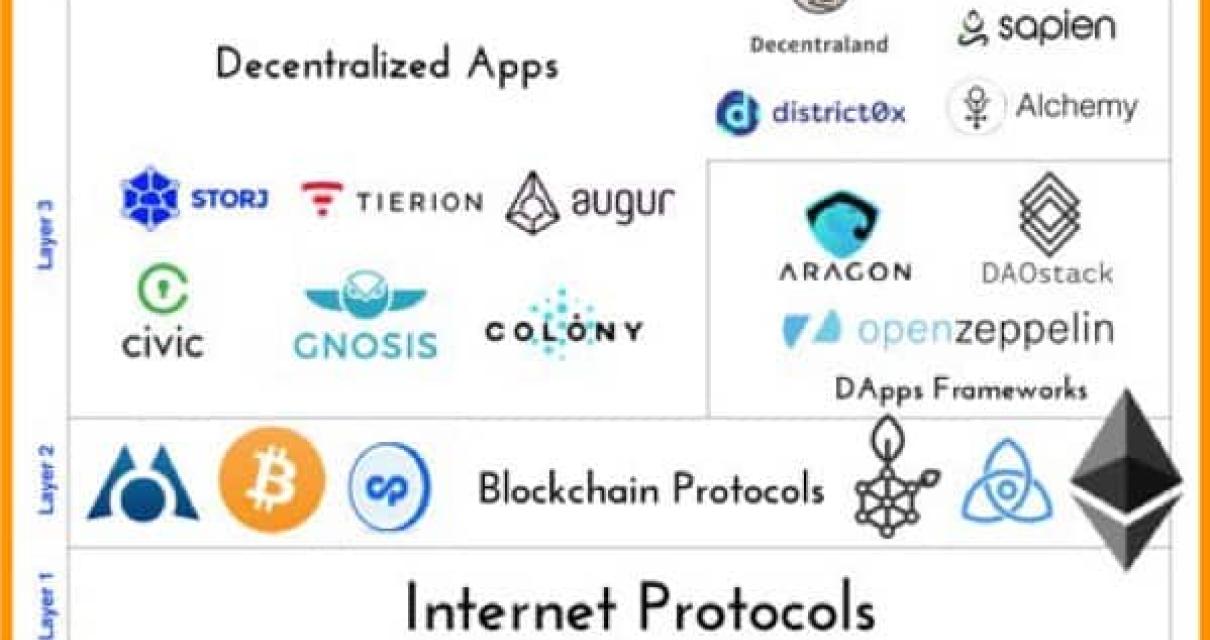What is a protocol in blockchain?
A protocol is a set of rules or instructions that are used to communicate between nodes in a blockchain network. Protocols help to ensure that transactions are processed in a secure and consistent manner, and that nodes can trust each other.
How does a protocol in blockchain work?
A protocol in blockchain works by using a network of nodes to maintain a shared ledger of transactions. Each node on the network is responsible for verifying and recording each transaction that occurs on the network. Once a transaction is verified by a node, it is added to the blockchain ledger. This process ensures that every node on the network has a complete record of all transactions that have ever occurred on the network.
The benefits of using a protocol in blockchain.
There are many benefits of using a protocol in blockchain. The first benefit is that a protocol can allow for more efficient and secure transactions. This is because the protocol can govern how transactions are executed and recorded. This ensures that transactions are processed quickly and without any errors.
Another benefit of using a protocol in blockchain is that it can help to increase the overall reliability of the system. This is because a protocol can provide rules and guidelines for how the system should operate. This ensures that the system is consistent and reliable.
Another benefit of using a protocol in blockchain is that it can help to reduce the amount of data that needs to be stored. This is because the protocol can specify how data should be stored and accessed. This reduces the amount of storage space that is required, which can save money.
Overall, using a protocol in blockchain can provide many benefits. These benefits include increased efficiency, reliability, and reduced storage requirements.

The drawbacks of using a protocol in blockchain.
The main drawback of using a protocol in blockchain is that it can be difficult to scale. For example, if a blockchain protocol is designed to allow a large number of transactions per second, it may not be able to handle the increased demand if there is an increase in the number of participants in the network.
How to implement a protocol in blockchain.
First, you will need to create a new file called "protocol.js" in your project's root directory. This file will contain the actual protocol code.
Next, you will need to import the necessary modules. You can do this by adding the following line of code to your protocol.js file:
import Blockchain from 'blockchain';
Next, you will need to create a new instance of the Blockchain module. This instance will contain the actual blockchain code.
You will also need to create an instance of the ERC721 module. This instance will contain the basic properties for the ERC721 token.
You will also need to create an instance of the ERC20 module. This instance will contain the basic properties for the ERC20 token.
Finally, you will need to create a new instance of the ContractAddress module. This instance will contain the contract address for your token.
Next, you will need to create a new instance of the Crowdsale contract. This instance will contain the code for your token sale.
Next, you will need to create a new instance of the Token contract. This instance will contain the code for your token.
Next, you will need to create a new instance of theWhitelist contract. This instance will contain the code for your whitelist.
Next, you will need to create a new instance of theKYC contract. This instance will contain the code for your KYC process.
Next, you will need to create a new instance of theLogo contract. This instance will contain the code for your logo.
Finally, you will need to create a new instance of the Address contract. This instance will contain the code for your address.
Next, you will need to create a new instance of the Crowdsale contract. This instance will contain the code for your token sale.
Next, you will need to create a new instance of the Token contract. This instance will contain the code for your token.
Next, you will need to create a new instance of the Whitelist contract. This instance will contain the code for your whitelist.
Next, you will need to create a new instance of the KYC contract. This instance will contain the code for your KYC process.
Next, you will need to create a new instance of the Logo contract. This instance will contain the code for your logo.
Finally, you will need to create a new instance of the Address contract. This instance will contain the code for your address.
Why use a protocol in blockchain?
A protocol is a set of rules or procedures that ensure communication between devices or systems. In the context of blockchain, a protocol serves as a set of rules or procedures for how transactions are executed and recorded. This allows for the seamless and secure transfer of digital assets between different nodes in a network.